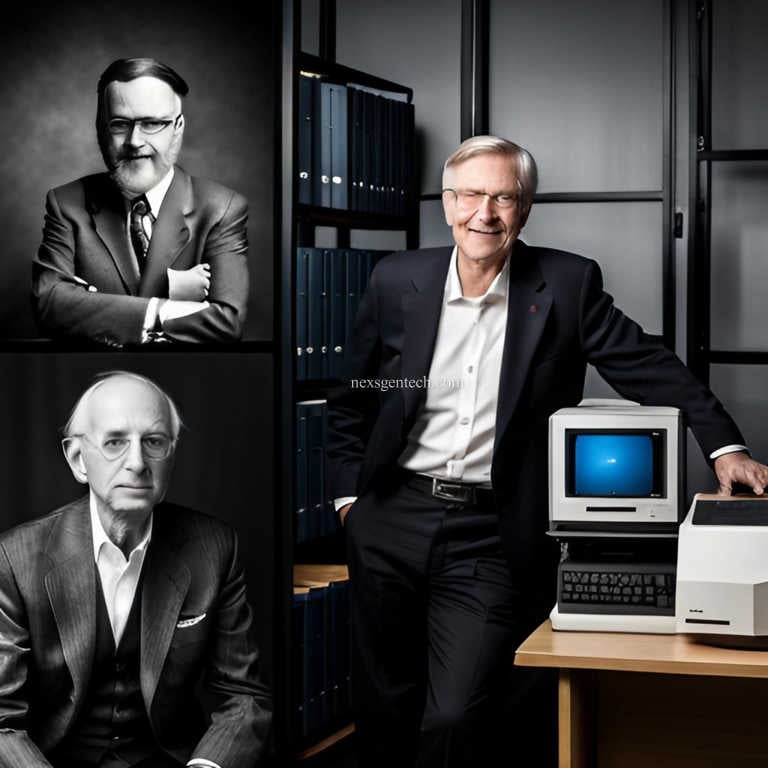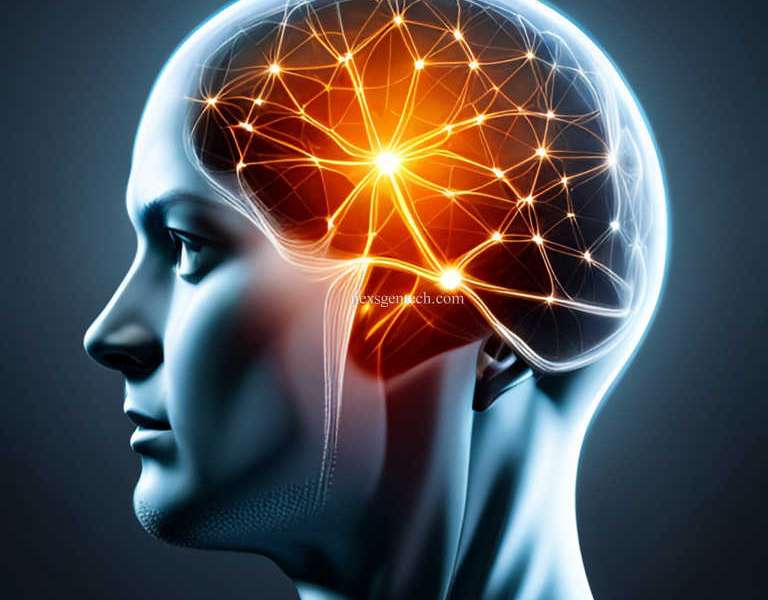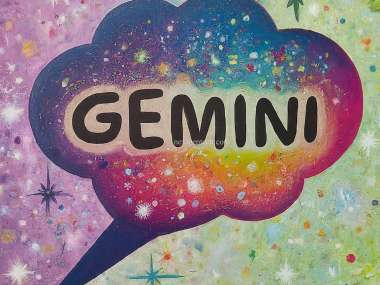The journey of artificial intelligence (AI) is a fascinating saga of innovation, stretching from the rudimentary calculators of the mid-20th century to today’s sophisticated systems capable of deep learning and predictive analytics. This evolution is not just a chronicle of technological advancement but a testament to human ingenuity and the relentless pursuit of understanding and simulating intelligence.
The Humble Beginnings of AI
AI’s story begins with the dream of creating machines that could think. In the 1950s, pioneers like Alan Turing laid the groundwork with the Turing Test, proposing that a machine could be considered intelligent if it could mimic human responses under specific conditions. This era saw the development of the first computers, machines that performed calculations and tasks with increasing complexity, laying the foundational stones of AI.
The Age of Symbolic AI
Moving forward, the 1960s and 70s marked the era of symbolic AI, also known as “good old-fashioned AI” (GOFAI). This period was characterized by the development of systems that could solve problems and make decisions based on predefined rules and logic. These systems, however, were limited by their inability to learn or adapt beyond their original programming, confining AI’s application to specific, narrow tasks.

The Emergence of Machine Learning
The real game-changer came with the advent of machine learning in the 1980s and 90s, allowing machines to learn from data, improve over time, and make decisions with minimal human intervention. This shift from hard-coded rules to data-driven algorithms marked a significant leap toward true artificial intelligence.
The Era of Deep Learning and Big Data
The explosion of big data and advancements in computational power ushered in the era of deep learning in the 21st century. Deep learning, a subset of machine learning, uses neural networks with many layers (hence “deep”) to analyze vast amounts of data. These systems can recognize patterns, make predictions, and learn tasks with an efficiency that sometimes surpasses human capabilities. From voice recognition in smartphones to predictive analytics in healthcare, deep learning has become a cornerstone of modern AI applications.
The Future: AI’s Expanding Horizons
As we look to the future, AI is set to become even more integrated into our daily lives, reshaping industries, economies, and societies. The next frontier includes the development of artificial general intelligence (AGI), machines that possess the ability to understand, learn, and apply intelligence across a broad range of tasks, a step beyond the specialized applications we see today.
Furthermore, the ethical and societal implications of AI’s rapid advancement are becoming increasingly important. As AI systems become more autonomous, questions about privacy, security, and the moral responsibility of AI systems are prompting intense debate among technologists, ethicists, and policymakers.
In summary
The evolution of AI from simple computational machines to entities capable of learning and predicting is a mirror to our quest for knowledge and mastery over our environment. As AI continues to evolve, it promises to unlock new potentials, challenge our perceptions, and offer unprecedented solutions to complex problems. The future of AI is not just about technology; it’s about the collaboration between humans and machines to create a smarter, more connected world. The journey of AI is far from over, and its full potential is yet to be discovered.





